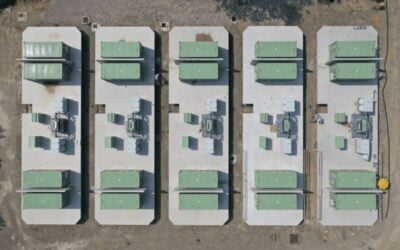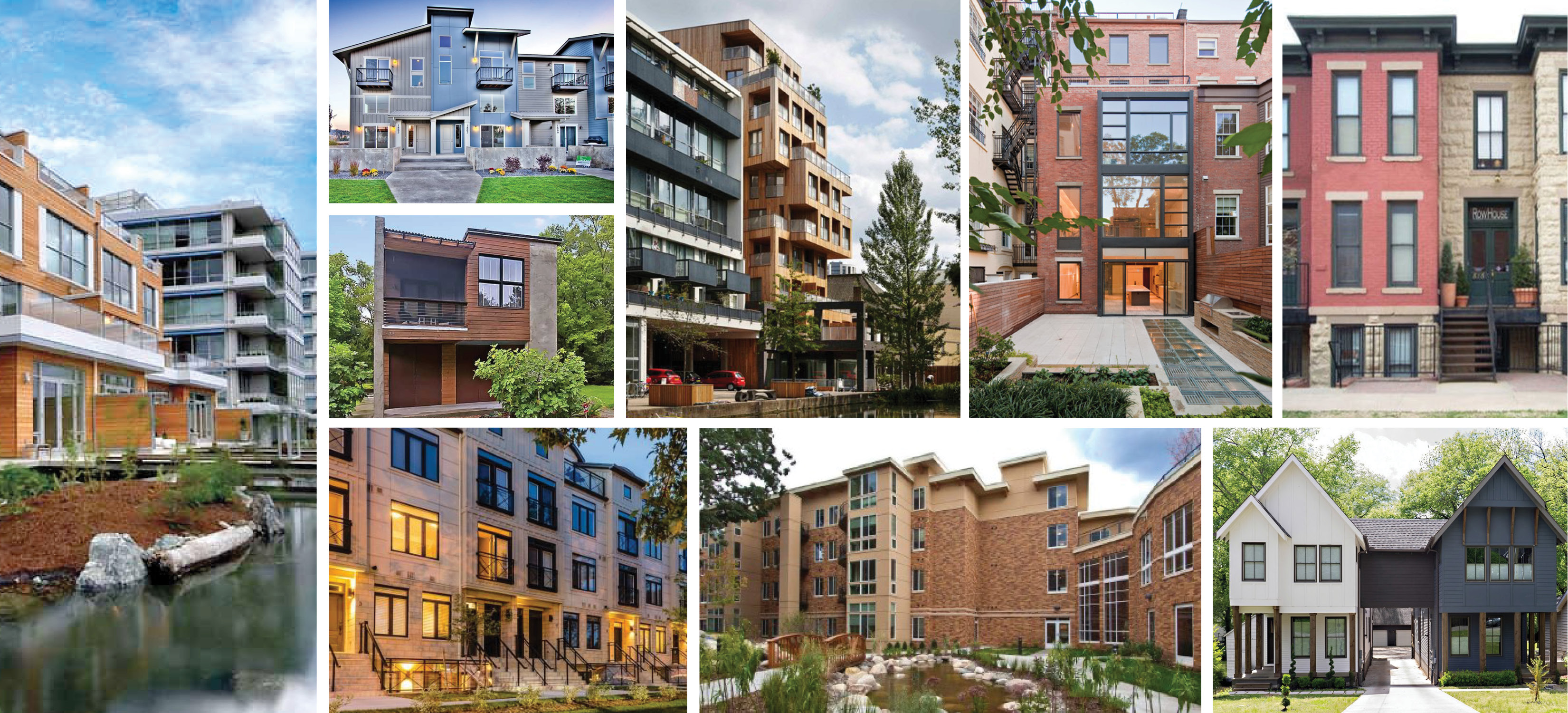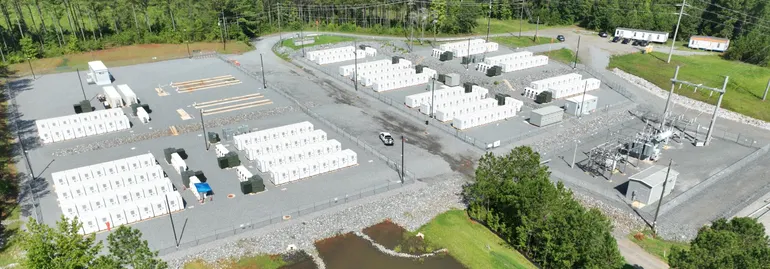Securing the future of energy storage: Navigating the cybersecurity landscape – Energy-Storage.News

Report on Cybersecurity for Battery Energy Storage Systems (BESS) and its Alignment with Sustainable Development Goals
Introduction: Securing the Foundation for Sustainable Energy
The global energy grid’s evolution into a digital, interconnected infrastructure is fundamental to achieving Sustainable Development Goal 7 (Affordable and Clean Energy) and SDG 9 (Industry, Innovation, and Infrastructure). This transition enhances efficiency but introduces significant cybersecurity challenges. A proactive security strategy for critical assets like Battery Energy Storage Systems (BESS) is imperative to ensure the reliability and resilience of clean energy infrastructure, thereby safeguarding progress towards these global goals.
Global Policy and Standards: A Collaborative Approach to Resilient Infrastructure
Fostering International Partnerships for Security (SDG 17)
A global consensus is emerging on the need for consistent security standards for critical infrastructure, reflecting the principles of SDG 17 (Partnerships for the Goals). The adoption of the ISA/IEC 62443 series as a national standard in Australia exemplifies this trend. Developed through international collaboration between the International Society of Automation (ISA) and the International Electrotechnical Commission (IEC), this framework provides a role-based, lifecycle approach to integrating security into industrial control systems. This facilitates alignment between asset owners, service providers, and suppliers, creating a shared responsibility for securing the energy transition.
Regional Policies Driving Secure, Clean Energy (SDG 7 & SDG 9)
Governments worldwide are implementing policies to fortify the energy sector against cyber threats, directly supporting the development of resilient infrastructure as outlined in SDG 9.
- European Union: The NIS2 Directive and the upcoming Cyber Resilience Act expand security obligations to a wider range of energy assets, including smaller-scale storage, ensuring that all digital components contributing to the clean energy ecosystem under SDG 7 are secure by design.
- United States: Federal and state measures are intensifying scrutiny of supply chain integrity and vendor accountability. These policies reinforce the principle that cybersecurity must be integral to the procurement and design of energy systems, not an afterthought.
Understanding the Risk Environment for Sustainable Energy Assets
Vulnerabilities in BESS and their Impact on Climate Action (SDG 13)
The operational components of BESS, including battery management systems (BMS), power conversion systems (PCS), and energy management systems (EMS), contain software and communication pathways that are potential cyber-attack vectors. A failure to secure these components threatens the reliability of renewable energy integration, potentially hindering progress on SDG 13 (Climate Action). Global supply chains, while enabling rapid deployment, can obscure component origins and create vulnerabilities. Recent discoveries of undocumented features in power electronics highlight how supply chain opacity poses a direct threat to the security of critical infrastructure.
Transforming BESS into a Pillar of Resilience (SDG 9 & SDG 11)
While BESS presents risks, it also offers a unique opportunity to build resilience. Unlike legacy infrastructure, BESS can be designed with integrated cybersecurity from inception. When properly secured, BESS enhances overall grid stability and provides reliable backup power, strengthening the resilience of the energy infrastructure that is critical for SDG 9 and the functioning of SDG 11 (Sustainable Cities and Communities). Therefore, a well-secured energy storage system is not a liability but a core component of the cybersecurity solution for a sustainable future.
Best Practices to Mitigate Cyber Risk and Support SDGs
Implementing foundational security measures is essential to protect BESS assets and ensure they can reliably contribute to sustainable development. The following practices address common vulnerabilities and help build secure systems capable of supporting the clean energy transition over the long term.
- Maintain Detailed Hardware and Software Bills of Materials (HBOMs and SBOMs): This practice provides critical transparency into the supply chain, enabling vulnerability tracking and rapid incident response, which is fundamental to maintaining resilient infrastructure (SDG 9).
- Design with Defensible Architecture and Segmentation: Segmenting networks limits the potential impact of a security compromise, ensuring that systems essential for clean energy delivery (SDG 7) can maintain a safe operational state.
- Implement Secure Remote Access: Utilizing role-based permissions, multi-factor authentication, and activity logging protects critical energy assets from unauthorized access, safeguarding their contribution to a stable energy grid.
- Enable Continuous Network Visibility and Monitoring: Proactive monitoring allows for the early detection of anomalies, facilitating a swift response to protect the infrastructure that underpins sustainable communities (SDG 11).
- Secure Long-Term Software Support and Vulnerability Management: Ensuring clear contractual responsibilities for security updates and patching throughout an asset’s lifecycle protects long-term investments in clean energy and supports sustained climate action (SDG 13).
Conclusion: Integrating Security to Advance the Global Energy Transition
The effective security of BESS is most achievable when integrated from the initial design phase and maintained throughout the asset’s operational life. By embedding robust protections, operators can safeguard system performance and ensure that energy storage assets remain resilient against evolving threats. This approach allows BESS to serve as a trusted pillar of modern grids, protecting investments and enabling the energy transition to advance with the confidence required to meet global sustainability targets, particularly SDG 7, SDG 9, and SDG 13.
Analysis of Sustainable Development Goals in the Article
1. Which SDGs are addressed or connected to the issues highlighted in the article?
The article on cybersecurity for Battery Energy Storage Systems (BESS) connects to several Sustainable Development Goals by focusing on the security and resilience of modern energy infrastructure, which is fundamental to the clean energy transition.
-
SDG 7: Affordable and Clean Energy
The article’s core subject, BESS, is a critical technology for enabling the widespread use of renewable energy sources. By ensuring the cybersecurity of these systems, the article addresses the need to build a reliable and secure clean energy grid, which is essential for achieving SDG 7.
-
SDG 9: Industry, Innovation, and Infrastructure
The text directly discusses the need to build resilient infrastructure. It highlights that today’s grid is “increasingly digital, interconnected, and remotely controlled” and emphasizes that BESS, when properly protected, can “strengthen overall grid resilience.” This focus on securing critical industrial and technological infrastructure aligns perfectly with SDG 9.
-
SDG 17: Partnerships for the Goals
The article underscores the importance of global cooperation and standardization in addressing cybersecurity threats. It mentions the “global shift in policy and standards,” citing the international ISA/IEC 62443 framework, the European Union’s NIS2 Directive, and measures in the United States and Australia. This highlights a multi-stakeholder, international effort to create secure technological environments, which is a key aspect of SDG 17.
2. What specific targets under those SDGs can be identified based on the article’s content?
Based on the issues discussed, several specific SDG targets can be identified:
-
Target 7.2: Increase substantially the share of renewable energy in the global energy mix.
The article implicitly supports this target. BESS is crucial for integrating intermittent renewable energy sources like solar and wind into the grid. By focusing on securing BESS, the article addresses a key challenge to their large-scale, reliable deployment, thereby helping to increase the share of renewables.
-
Target 7.b: Expand infrastructure and upgrade technology for supplying modern and sustainable energy services.
This target is directly addressed. The article is entirely about upgrading the technology of our energy infrastructure by integrating BESS and, crucially, the cybersecurity measures needed to protect these modern systems. It states that “BESS offers a unique opportunity for resilience” and can be “designed with cybersecurity built in from the outset.”
-
Target 9.1: Develop quality, reliable, sustainable and resilient infrastructure.
The article’s central theme is making energy infrastructure resilient against cyber threats. It argues that “cybersecurity must be part of the design and procurement process, not an afterthought” to ensure the reliability of the grid. The best practices listed, such as creating “defensible architecture and segmentation,” are all aimed at building resilient infrastructure.
-
Target 17.6: Enhance international cooperation on and access to science, technology and innovation.
The article demonstrates this target in action by describing the global adoption of cybersecurity standards. The mention of Australia adopting the “ISA/IEC 62443 series as national standards” and the reference to coordinated policy shifts in the EU and US show international cooperation on technological security standards to solve a shared global challenge.
3. Are there any indicators mentioned or implied in the article that can be used to measure progress towards the identified targets?
Yes, the article mentions and implies several indicators that can be used to measure progress:
-
Adoption of International Cybersecurity Standards
A direct indicator for progress on Targets 9.1 and 17.6 is the adoption of frameworks like ISA/IEC 62443. The article explicitly states that “Australia has adopted the ISA/IEC 62443 series as national standards,” providing a concrete example of this indicator being met.
-
Implementation of Cybersecurity Best Practices
The article lists specific, measurable actions that serve as indicators for building resilient infrastructure (Target 9.1). Progress can be measured by the extent to which energy asset owners implement these practices, such as:
- Maintaining detailed hardware and software bills of materials (HBOMs and SBOMs).
- Implementing network segmentation and defensible architecture.
- Using secure remote access protocols like multi-factor authentication.
- Deploying continuous network visibility and monitoring tools.
- Establishing contracts for long-term software support and vulnerability management.
-
Integration of Security into Product Lifecycles
An indicator for Target 7.b is the shift towards embedding security from the start. The article mentions the EU’s Cyber Resilience Act, which will “require that all products with digital elements meet lifecycle security obligations.” The degree to which companies integrate security “from day one” is a key measure of progress.
-
Development of National and Regional Cybersecurity Policies
The article points to the “global shift in policy and standards” as a key development. The creation and enforcement of regulations like the EU’s NIS2 Directive and various “federal and state measures” in the United States serve as clear indicators of governmental action towards securing critical energy infrastructure (Targets 7.b and 9.1).
4. Table of SDGs, Targets, and Indicators
| SDGs | Targets | Indicators |
|---|---|---|
| SDG 7: Affordable and Clean Energy | 7.2: Increase substantially the share of renewable energy in the global energy mix.
7.b: Expand infrastructure and upgrade technology for supplying modern and sustainable energy services. |
– Secure deployment and operation of Battery Energy Storage Systems (BESS) to support renewable energy integration.
– Integration of cybersecurity measures into the design and lifecycle of new energy technologies as mandated by regulations like the EU’s Cyber Resilience Act. |
| SDG 9: Industry, Innovation, and Infrastructure | 9.1: Develop quality, reliable, sustainable and resilient infrastructure. | – Implementation of cybersecurity best practices such as maintaining HBOMs/SBOMs, network segmentation, and secure remote access.
– Rate of adoption of defensible architecture in new BESS projects to ensure systems can default to a safe state. |
| SDG 17: Partnerships for the Goals | 17.6: Enhance international cooperation on and access to science, technology and innovation. | – Widespread international adoption of common cybersecurity standards, such as the ISA/IEC 62443 series mentioned in the article.
– Harmonization of national and regional policies for critical infrastructure protection (e.g., alignment between EU, US, and Australian regulations). |
Source: energy-storage.news

What is Your Reaction?
 Like
0
Like
0
 Dislike
0
Dislike
0
 Love
0
Love
0
 Funny
0
Funny
0
 Angry
0
Angry
0
 Sad
0
Sad
0
 Wow
0
Wow
0









































































